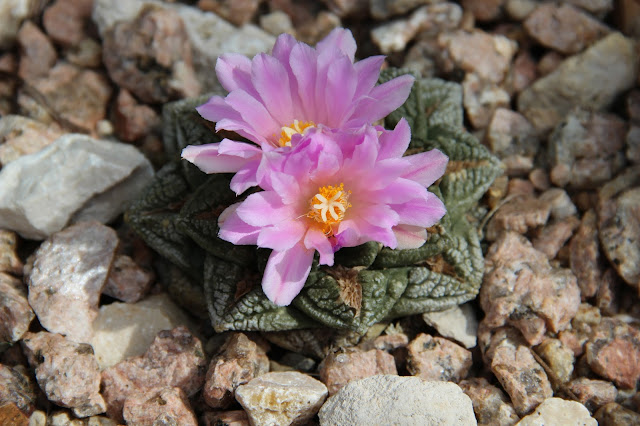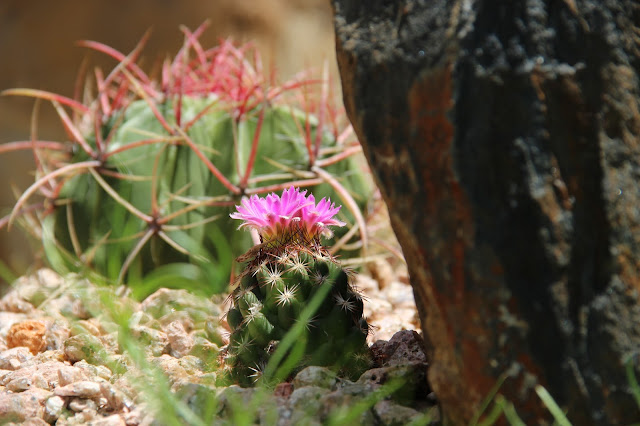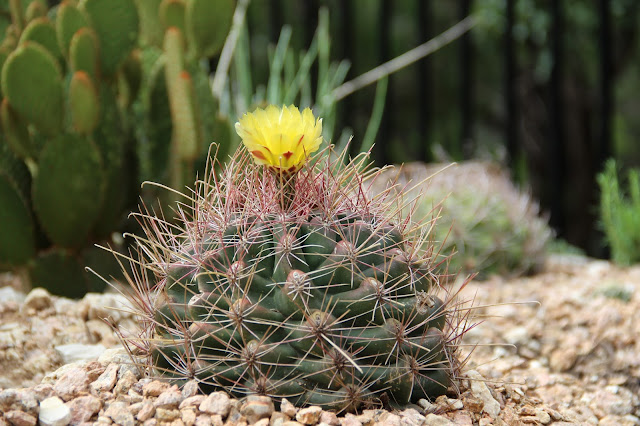 |
|
Verbena halei (Texas
vervain) - This Texas native loves the cactus bed environment.
|
 |
 |
| Ariocarpus fissuratus |
Cactus gardening in Zone 8b. Desert plants and Cacti in a water wise rock garden. Cacti like Echinocereus and Echinopsis to Ocotillo and Agave, beautiful flowers, bold evergreen structure, and blooms all colors of the sunset. A trial and error journey to discover cold hardiness where only the fittest will survive hot temperatures, high humidity, and frosty nights in the teens, not to mention an onslaught of rock squirrels and cactus beetles.
 |
|
Verbena halei (Texas
vervain) - This Texas native loves the cactus bed environment.
|
 |
 |
| Ariocarpus fissuratus |
 |
| Escobaria hesteri |
 |
| Astrophytum capricorne |
 |
| Astrophytum capricorne |
 |
| Agave neomexicana |
 |
| Foreground - Liatris mucronata (Texas Blazing Star), Background - Nolina matapensis (Sonoran Nolina) |
 |
 |
| Euphorbia rigida (Gopher plant) |
 |
| Flowering Senna, Cassia corymbosa |
 |
| Echeveria runyonii |
 |
| Thelocactus bicolor |
 |
| Astrophytum asterias |
 |
| Astrophytum ornatum var. virens - Maybe the most reliable and prolific bloomer in my cactus garden. I would say somewhere between 15 to 20 blooms a year. |
 |
| Astrophytum ornatum var. virens |
 |
| Lower Rio Grande Valley Barrel Cactus, Ferocactus hamatacanthus var. sinuatus, It shrinks a bit in winter time and changes color from a blue green to rusty red. |
 |
| Lower Rio Grande Valley Barrel Cactus, Ferocactus hamatacanthus var. sinuatus, |